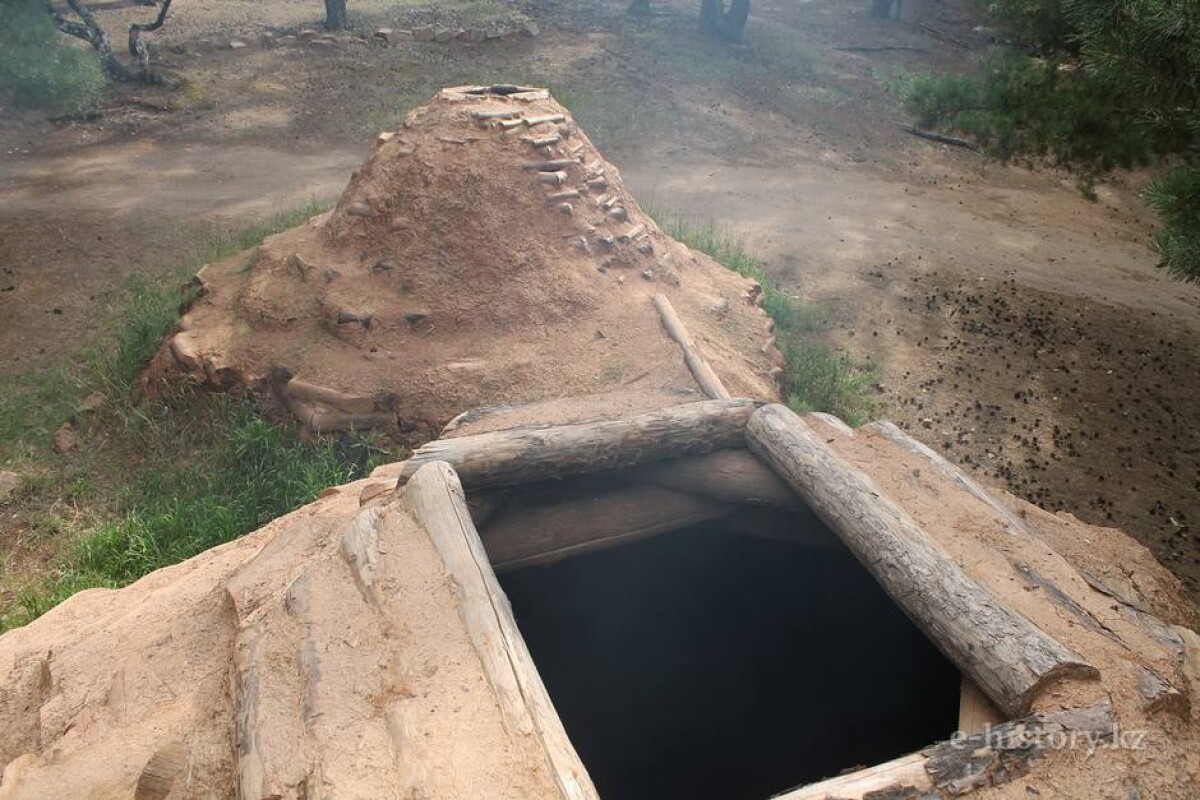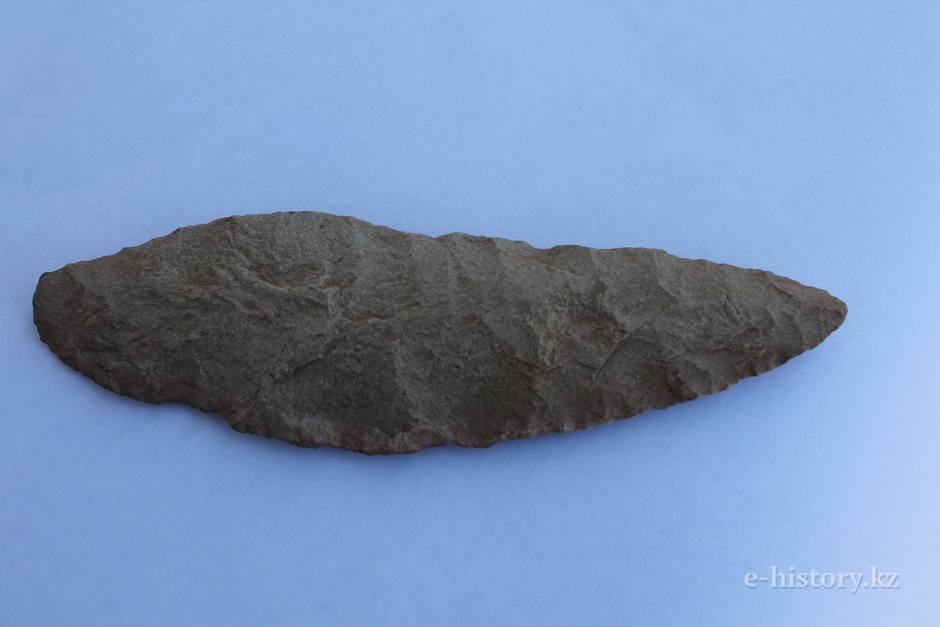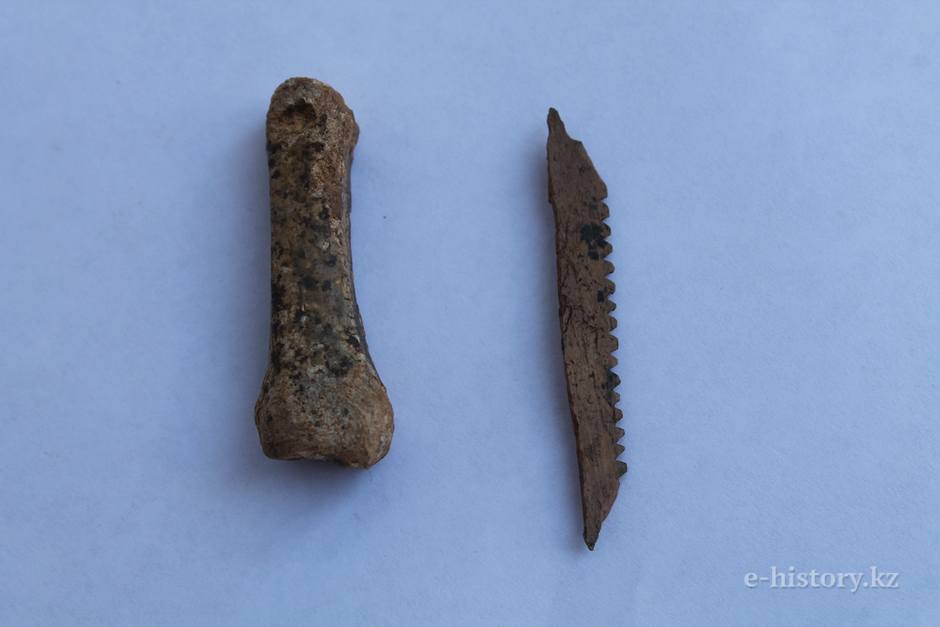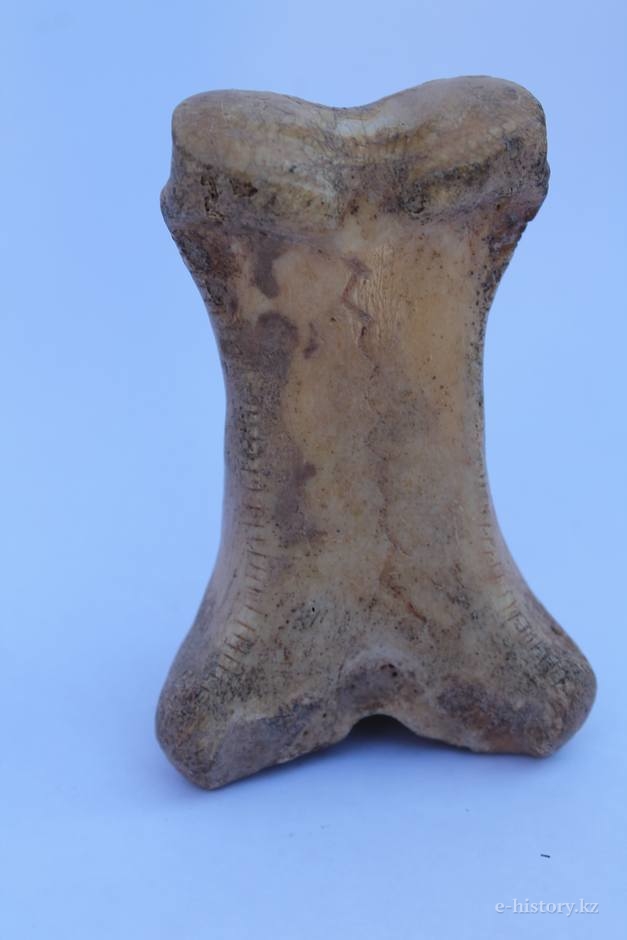
Researchers from the National Museum of the Republic of Kazakhstan in the course of studying the Botay settlement in North Kazakhstan region have found large bi-treated knives of flint, ground and polished stone axes, spears, arrows and darts and engraved phalanx. These artifacts are a classic example of using tools and weapons by the early breeders of the Kazakh steppes.



During the excavation of the dwellings’ cultural layer at the Botay settlement they have also found numerous bones of horses, utilized by the Botay people to make tools, weapons, household and worship items, as well as reclaimed bones which were not applied at home fields, but used as reinforcement for clay walls and other economic structures.

The study is accompanied by solving the issues of architectural techniques’ specifics used by the Botay people for homebuilding. For imagery and detailed presentation of this architecture, the museum researchers have examined the reconstruction of two full-size Botay dwellings, interconnected with the passage located on Lake Shalkar. The residential complex was built on the basis of the Botay settlement excavations, led by Professor of Archaeology Viktor Zaibert.
At the same time, within the settlement examination, the museum staff made bush exploration of new archaeological sites. So, 11 kilometers east of Botay settlement on the right bank of River Iman Burluk, 2 kilometers west of village Kutuzovka in Aiyrtau region, on the edge of the third terrace 2 funerary structures were recorded. One of them is represented by a mound, which consists of earth. Its diameter is 26 meters, height 80 centimeters from the sole of the mound.

